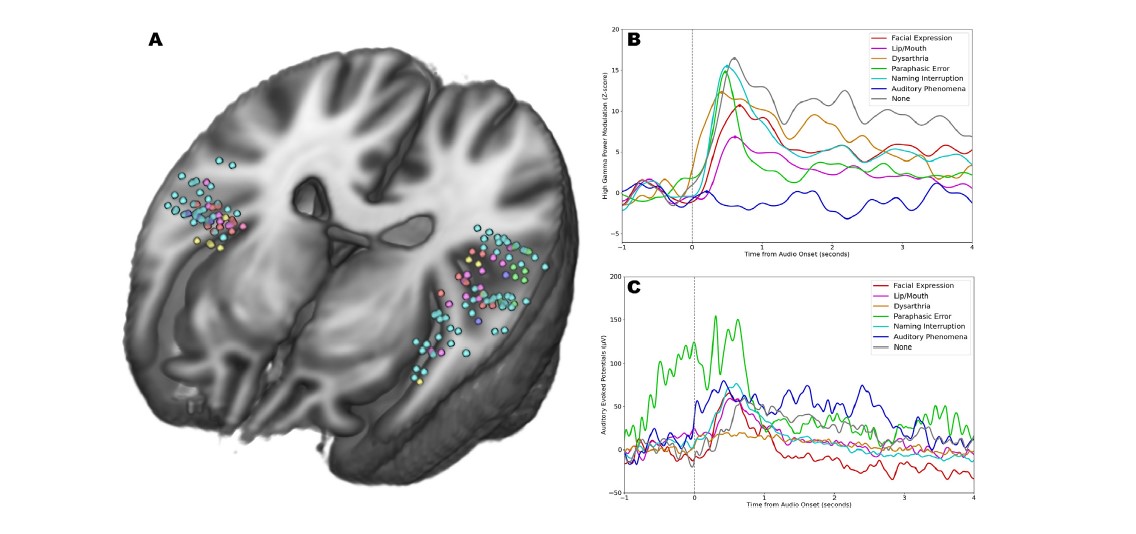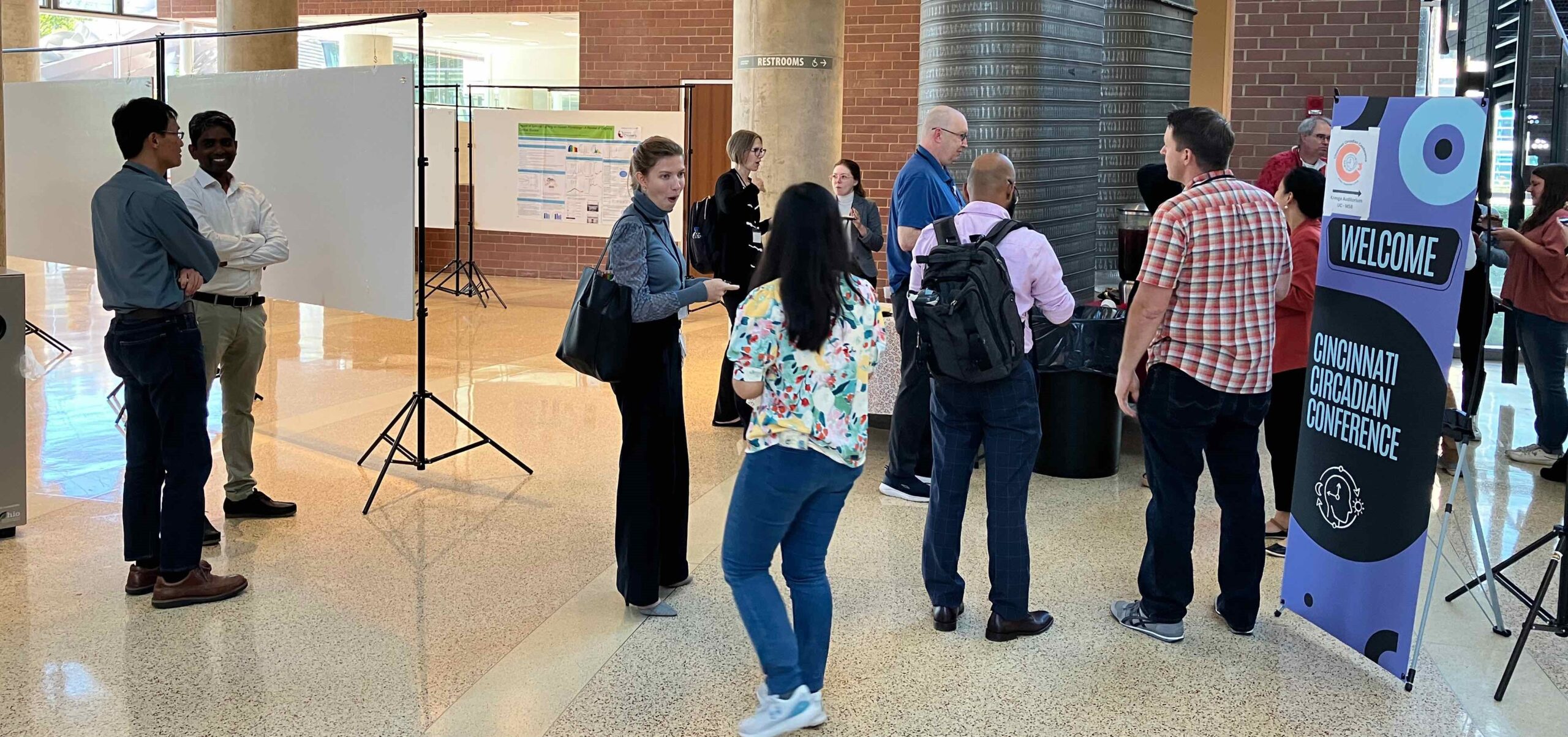Existing Body of Vision Science Appears Nearsighted About Myopia
Research By: Courtney Linne | Richard Lang, PhD
Post Date: May 14, 2023 | Publish Date: May 14, 2023
Pediatric Ophthalmology | Top Scientific Achievement


Despite being exceedingly common, the causes of myopia (nearsightedness) remain poorly understood. One reason may be that researchers have been too narrow in their search for answers, according to a study led by visual systems experts at Cincinnati Children’s.
New information about the role of the opsin OPN3 in eye development emerges from a study led by first author Courtney Linne, MD/PhD candidate, and senior author Richard Lang, PhD, both with the Division of Pediatric Ophthalmology. The findings suggest that research to date has underestimated how the shape and function of the eye can be affected both by modern lifestyles and by light-sensing opsins located outside the visual system.
Already the world’s second leading cause of blindness, a “myopia boom” is predicted to affect 5 billion people by 2050. Yet, known myopia risk gene variants account for only 18.4% of the variance in refractive error. The new findings point toward OPN3 playing a larger-than-expected role; one that may reflect a population-wide shift toward indoor work and recreation.
In this study, the research team developed a new line of mice that develop myopia based on carrying a dysfunctional variant of OPN3. This noncanonical blue-light-sensitive opsin has been found in several tissues not involved with eyesight, including in adipose tissues where OPN3 appears to influence metabolism. This study found several genes in a signature set of “GO/GROW” eye development genes that are changed in an OPN3-dependent manner.
“Much of the animal research on myopia has focused on models that result in eye elongation,” Lang says. “The OPN3 myopia model highlights the importance of examining ocular dimensions as a whole.”
Next steps include further detailing the molecular mechanisms of action of OPN3 and identifying key windows of eye development in which the light dependence of this phenotype may play an elevated role.
More 2023 Research Highlights
Chosen by the Division of Pediatric Ophthalmology
Upton BA, Nayak G, Schweinzger I, et al. Comprehensive Behavioral Analysis of Opsin 3 (Encephalopsin)-Deficient Mice Identifies Role in Modulation of Acoustic Startle Reflex. eNeuro. 2022;9(5):ENEURO.0202-22.2022. Published 2022 Sep 29. doi:10.1523/ENEURO.0202-22.2022
Miraldi Utz V, Angeles-Han ST, Mwase N, et al. Alternative Biologic Therapy in Children Failing Conventional TNFα Inhibitors for Refractory, Noninfectious, Chronic Anterior Uveitis. Am J Ophthalmol. 2022;244:183-195. doi:10.1016/j.ajo.2022.06.024
Jimenez-Gomez A, Fisher KS, Zhang KX, Liu C, Sun Q, Shah VS. Longitudinal neurological analysis of moderate and severe pediatric cerebral visual impairment. Front Hum Neurosci. 2022;16:772353. Published 2022 Aug 16. doi:10.3389/fnhum.2022.772353
Freedman SF, Hercinovic A, Wallace DK, et al. Low- and Very Low-Dose Bevacizumab for Retinopathy of Prematurity: Reactivations, Additional Treatments, and 12-Month Outcomes. Ophthalmology. 2022;129(10):1120-1128. doi:10.1016/j.ophtha.2022.05.019
Gonzalez LS, Fisher AA, D’Souza SP, Cotella EM, Lang RA, Robinson JE. Ventral striatum dopamine release encodes unique properties of visual stimuli in mice. Elife. 2023;12:e85064. Published 2023 Apr 17. doi:10.7554/eLife.85064
View more discoveries from 50 research divisions and areas
Return to the 2023 Research Annual Report main features
| Original title: | Encephalopsin (OPN3) is required for normal refractive development and the GO/GROW response to induced myopia |
| Published in: | Molecular Vision |
| Publish date: | May 14, 2023 |
Research By








